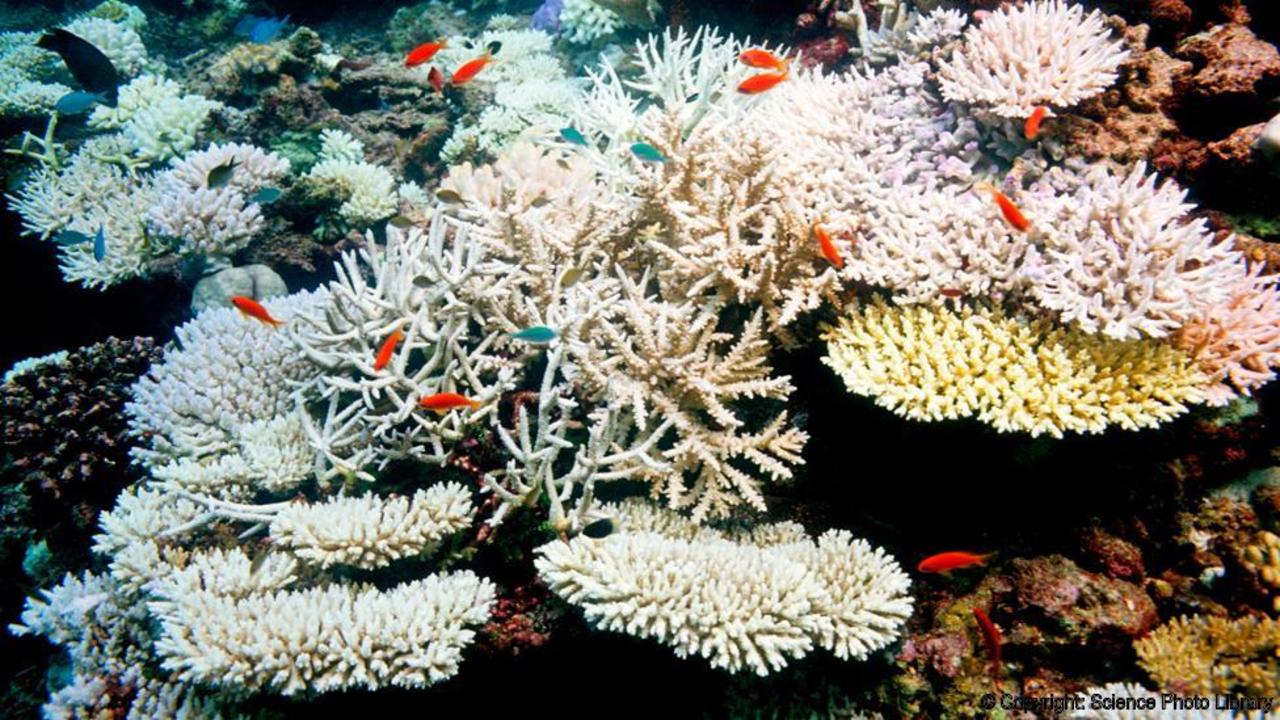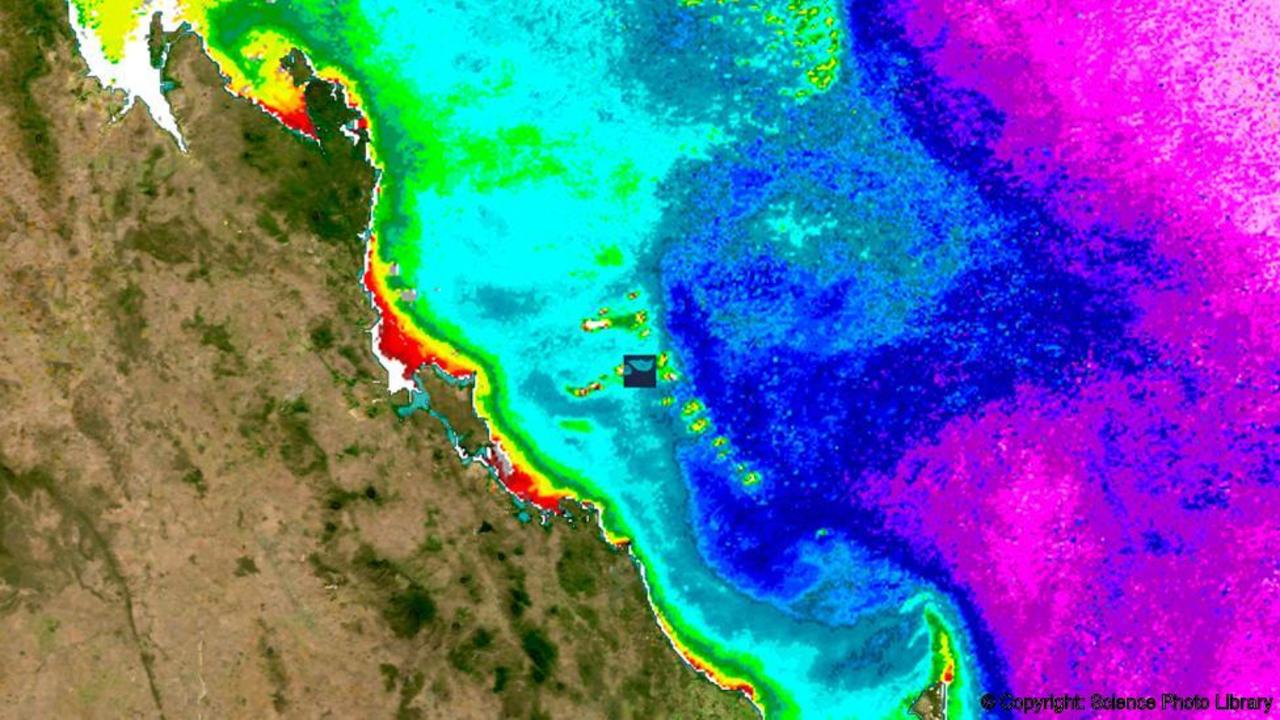Can you cut 1 Tonne of carbon pollution out of your life?
Take the challengeThe “rainforests of the oceans” are under immense danger as oceans grow warmer and become more acidic. Here are 7 simple things we can do right now to help prevent further damage
Anyone who has spent time out in the ocean and underwater, either scuba diving or snorkelling, can attest to how amazingly extensive and intricate coral reefs are.
In fact, renowned oceanographer Sylvia Earle refers to coral reefs as "a jewelled belt around the middle of the planet".
Coral reefs are beautiful natural ecosystems on our planet. These unique, biologically diverse and complex areas are a sight to behold, especially when you're scuba diving and all around you is an endless underwater carpet of vivid colours with rich marine life all happily thriving in their habitat.
Reefs make up a tiny percentage of the ocean floor, but support more than 800 species of coral and 4,000 species of fish. According to the World Word Fund, coral reefs support a quarter of marine life on the planet and the variety of life supported by thsee ecosystems rival that of the tropical forests of the Amazon or New Guinea. Not only that, reefs serve as source of food for millions, are spawning grounds, coastal buffers against storms and some estimates have place the economical value of reefs up to $30 billion each year (think tourism and fishing industry) .
However, scientists and researchers are saying that coral reefs might be the first ecosystem on Earth to disappear completely – and some estimates put it as early as 2050 – because of humans.

Why are coral reefs in danger?
A combination of warmer water temperature and increasing acidity in the ocean are two main factors why reefs are suffering. And these two factors arise from human-induced global warming.
That's right, global warming is raising ocean temperatures, which force coral polyps to expel the colourful zooxanthallae algae that live inside its skeleton and tissues. This is also the same algae that provide most of its nutrients. Oceans also become more acidic as seawater absorbs CO2 from the atmosphere, in a process called acidification, which in turn reduces the amount of carbonate available for corals to build their calcium carbonate skeletons. Sometimes, reefs lose so much zooxanthallae and are placed under so much stress that they turn white and experience mass die-offs in these coral bleaching events.

By 2050, we may still have corals, and things we'll call ‘reefs’, but they will be massive limestone structures that were built in the past, with tiny patches of living coral struggling to survive on them- Coral ecologist Peter Sale
For example, the Great Barrier Reef, the world's largest coral reef system is already showing signs of severe damage.

"By 2050, we may still have corals, and things we'll call 'reefs', but they will be massive limestone structures that were built in the past, with tiny patches of living coral struggling to survive on them," says coral ecologist Peter Sale in an interview with BBC. By 2100, he reckons there will be no calcium carbonate reefs visible.
The planet will go on without reefs, but the grim reality is that we (and future generations) would have lost an integral and beautiful gift from nature. While solutions to save the reef are under works, we would very much like to save our natural reef before we welcome an artificial reef…
But it's not all doom and gloom.
Coral reefs are fundamentally resilient and are known for their ability to recover from an isolated threat or disease. It is only when natural threats are compounded with climate change that reefs resiliency might be exhausted. So if we all take steps to reduce our carbon emissions and lead less waste lifestyles, together we can help prevent further damage to coral reefs and help preserve existing ocean life.
Here are 7 things you can do (and not do) to protect coral reefs
When diving or snorkelling:
1. Never, ever touch corals or harass marine life
Corals are delicate creatures and most importantly, they are living things. And being living things means it can die. Touching it, even ever so gently, can damage or kill coral polyps, and even more so if we grab them in our hands or kick them with our fins. Besides, some corals might be stony which can cause nasty scrapes or might host other stinging animals that we wouldn't want to encounter.
2. Check your sunscreen
Not all sunscreens are made equal. Researchers have found that a common UV-filtering organic compound called oxybenzone used in sunscreen is toxic to corals. According o the U.S National Park Service, somewhere between 4,000 to 6,000 tons of sunscreen enter coral reef areas around the world each year – that's a lot of sunscreen considering that all it takes is a water droplet size of sunscreen placed within an Olympic-sized pool to cause toxic effects. If you're going diving, consider wearing a full-length wetsuit. If sunscreen is absolutely essential, consider biodegradable, eco-friendly ones.
3. Don't litter
Never put trash into the water. There is an estimated number of 18,000 pieces of plastic litter floating on every square km of the ocean right now. This kills 1 million seabirds and 100,000 turtles and marine mammals each year. 6 million tonnes of debris enters the world's oceans annually and you don't want to be the contributor to one of that.
In fact, why not go a mile further and pick up any pieces of plastic or trash you see when you're diving or snorkelling and dispose of it properly.
At home:
4. Reduce the amount of wastewater you're producing
Because wastewater flows somewhere eventually and it might just end up in the ocean. Start by keeping gutter, sinks and drains free of chemicals and rubbish so choose biodegradable, eco-friendly detergents or even better still, make your own cleaning product. You can also minimise water runoff by planting trees and garden beds around your house. And of course, you can just take shorter showers.
5. Cut back on your plastic consumption
Especially things like coffee cups and plastic bags. Here are 8 single-use plastic items to ditch from your life. Less plastic waste = emptier landfills = lower CO2 emissions. We've talked a lot on 1 Million Women why going reducing our plastic consumption is good for the planet here in our top posts to help you live plastic-free.
6. Eat sustainable seafood
Many species of fish are being over fished and their population are dwindling dramatically. Always make sure the seafood you buy comes from sustainable sources. Here's why choosing certified sustainable seafood can help the oceans and shrink your carbon footprint.
7. Spread the word!
Read up on everything you can about marine conservation and coral reefs and share these information with others. The more information you have on hand, the more informed actions you can take to save our oceans and reefs!
Join in our carbon challenge and pledge to cut 1 tonne of carbon pollution from your life starting today!
Do you have other tips on how we can protect coral reefs? Share them in the comment box below!
READ THIS NEXT: The Great Barrier Reef: we can't let this be the sad truth
[Banner pic: Thinkstock, Other pics: Science Photo Library]

